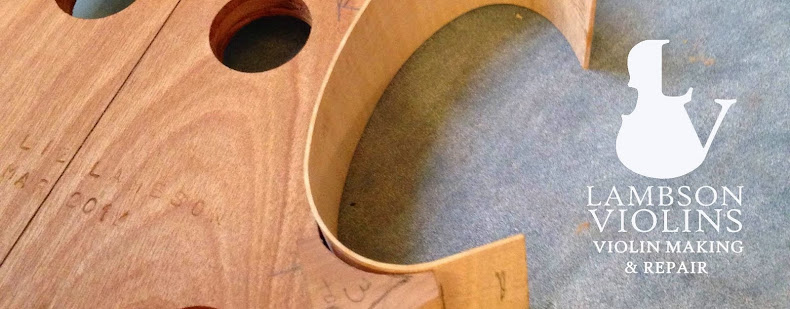Melting or heating animal hide glue crystals in water with a bottle warmer is an old trick I learned back when I was the string instrument tech at the BYU Instrument Office almost ten years ago.
I just eyeball the water-to-glue-granule ratio—equal parts, but more or less water depending on how thick or thin you want it. Let the glue just soak for a few minutes until it's gummy and has absorbed the water.
Melting your own hide glue from crystals, at least in my opinion, gives you a hide glue that's way better and easier to use than Titebond liquid hide glue right out of the bottle. That stuff is suuuuper thick. I guess you could thin it with hot water, which I've done before, but then it's like if you're dealing with hot water, you might as well melt some dry glue in hot water and get the consistency you want.
USING THE BOTTLE WARMER
It's so easy! I just set it to warm up the glue at the "heat up a room temperature liquid" setting. Set it according to how many ounces of liquid you're heating up. It doesn't have to boil. It shouldn't, which is why the baby bottle warmer is so perfect.
Some use a thermometer, but I don't know how important that is if you just aim for hot and melted but not boiling. All you need is a hot liquid to work with. It'll change temperature the moment you pull your glue brush from the pot or bottle, so the temperature isn't worth streasing over.
THICKNESS
Hide glue doesn't have to be that thick. You could aim for honey consistency, or Mrs. Buttersworth high-fructose corn/"maple" syrup. But more often, even thinner than that to where it drips off your stirring stick (I recommend the handy, disposable plastic drinking straw) in watery droplets instead of a thicker honey-like drizzle.
Again, a slightly thicker glue can be appropriate depending on what you're doing.
When I attended the GAL (Guild of American Luthiers) conference a few years ago in Washington State, I attended a demonstration where a luthier used a high-pressure steamer, like one you'd use for cleaning, to melt hide glue into place once it's been applied around a whole instrument top (he demonstrated on a cello) and clamped into place exactly where you want it. Amazing technique done by someone known for restoration of historical instruments. I wish I could remember his name off the top of my head.
Anyway, the reason I'm thinking of this particular conference workshop was because there were all these woodworkers asking questions about what exact temperature or thickness or brand of hide glue is ideal. And the teacher was like, guys, it's just glue. It's not rocket science.
But he pass around a small jar with glue crystals having soaked for a while into jelly granules (like soaked chia seeds), and also a container of heated, very thin hide glue with which he instructed us to dip the tip of a finger in, then dab it together between your fingertip and thumb. And as the glue cools on your finger while you're doing this, you can feel how incredibly sticky it is and will be as it starts to stick.
So even if it appears thin, don't panic, it's strong stuff. Think of how thin super glue is and how strong it is when it dries. Hide glue has been used for centuries because it's strong stuff. You can have faith in it.



























